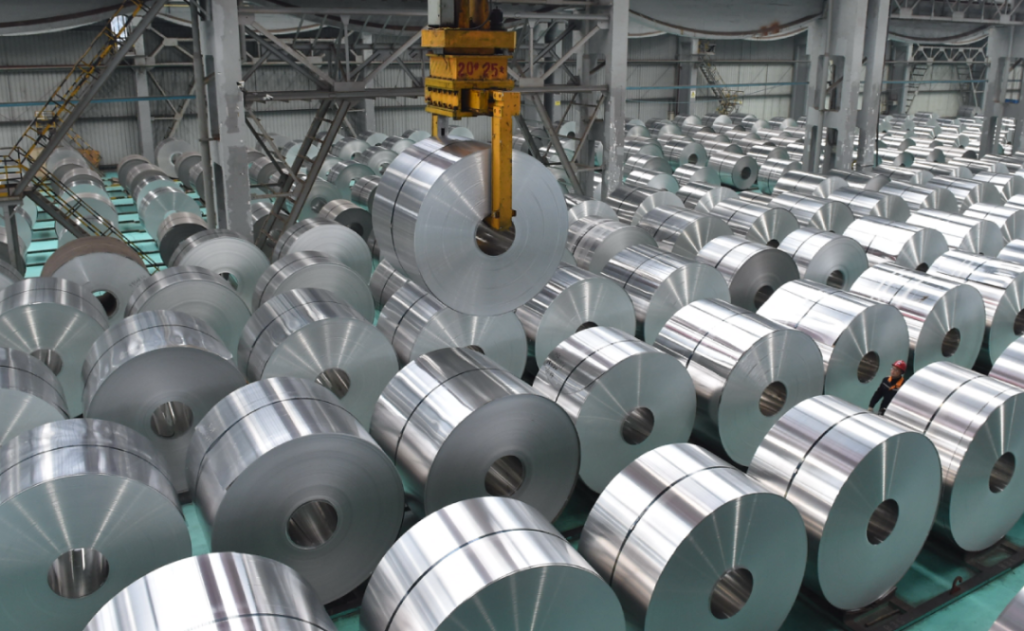Introduction
In recent weeks, aluminum prices have witnessed a notable surge, climbing by 2.87% to settle at 218.75. This rise is underpinned by a confluence of factors that span economic, geopolitical, and sector-specific dynamics. This article delves into these driving forces and their implications for the aluminum market.
Influencing Factors Behind the Price Surge
Economic Data from China
China’s role as the world’s largest consumer of aluminum cannot be understated. The country’s stronger-than-expected economic data has provided a significant boost to global aluminum prices, counteracting earlier concerns about weakening demand. This resurgence in demand underscores the direct correlation between China’s economic health and the global aluminum market.
U.S. Manufacturing Expansion
Further buoying the market is the expansion of manufacturing in the United States, which has seen growth for the first time in one and a half years. This rebound in industrial activity has bolstered confidence in the demand for aluminum, integral for various manufacturing processes.
Geopolitical Tensions
Geopolitical developments, particularly the tensions between Russia and Ukraine, have also played a critical role in lifting commodity markets, including aluminum. Such tensions often lead to uncertainty in global markets, prompting investors to turn to commodities as a safer investment.
European Central Bank’s Monetary Policy
Expectations of an interest rate cut by the European Central Bank have added to the positive sentiment, making commodities a more attractive investment. Lower interest rates typically decrease the yield on bonds, pushing investors towards alternative assets like commodities.
Current Production and Supply Chain Issues
Production Increase
Despite potential challenges, China’s aluminum output rose by 7.81% year-on-year in February, with domestic smelters maintaining steady operations. This increase highlights the robustness of the aluminum production sector in adapting to market demands.
Challenges in Production
However, the sector is not without its vulnerabilities. The ongoing drought in Yunnan poses a significant risk to aluminum supply, potentially leading to decreased production levels. Additionally, a recent power outage in an Inner Mongolia smelter has led to disruptions, further complicating the supply landscape.
Market Technicals and Future Outlook
Trading Data
The aluminum market has shown fresh buying interest, as indicated by a 1.17% increase in open interest. This uptick, coupled with a price rise of 6.1 rupees, suggests a bullish outlook among investors.
Support and Resistance Levels
Technically, aluminum prices are expected to find support at 214.4, with a potential downside testing of 210.1. On the upside, resistance is seen at 221, with a breakout possibly leading to a test of 223.3. These levels will be critical in determining the near-term trajectory of aluminum prices.
Conclusion
The dynamic interplay of economic data, geopolitical tensions, and sector-specific developments has shaped the current landscape of aluminum prices. As the market continues to evolve, stakeholders are encouraged to stay informed and vigilant, monitoring these critical factors that will undoubtedly influence future price movements.

